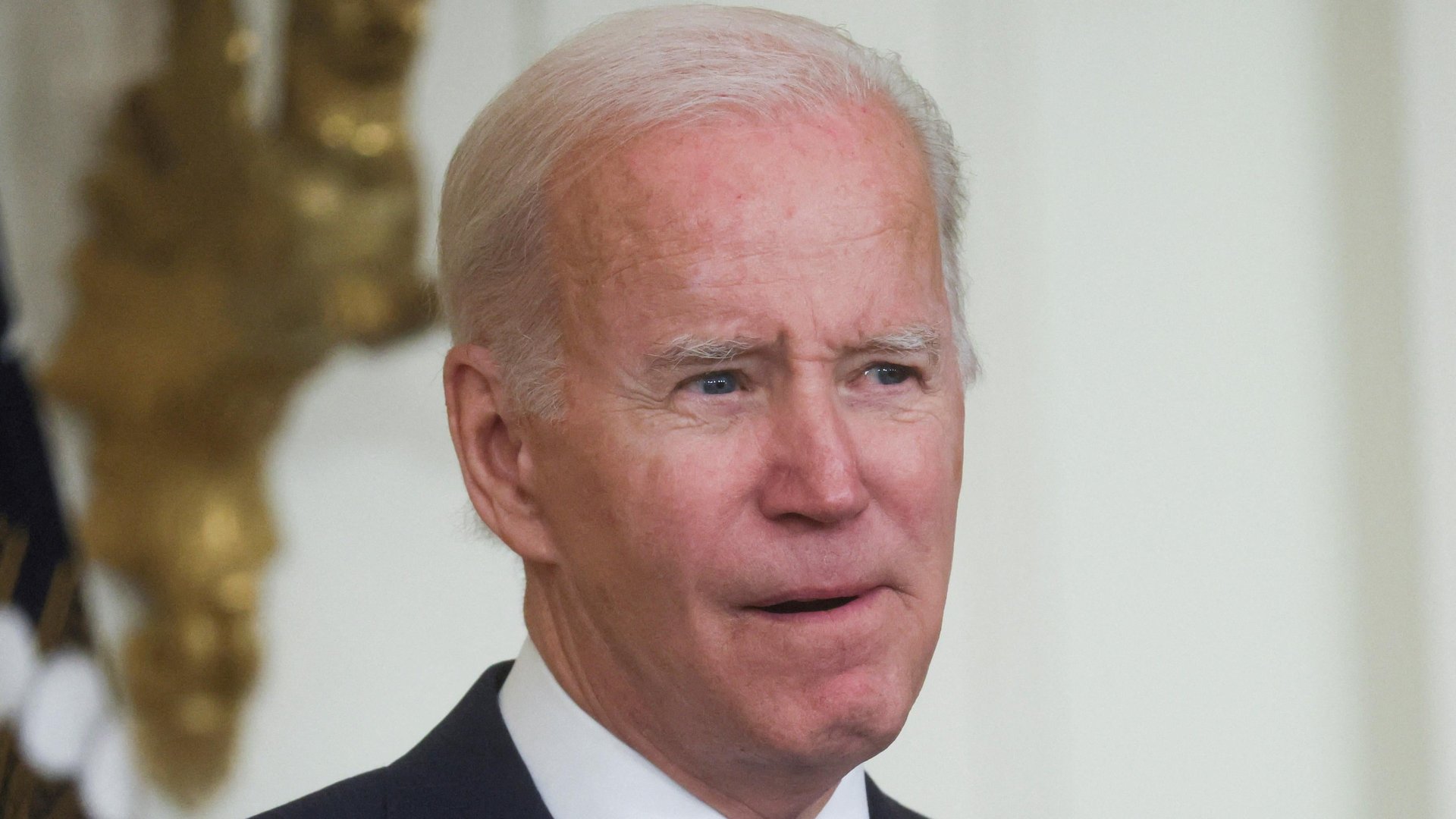Biden's "Buy American" plan could kill US jobs
The president's strategy might be sound politics, but it might not be sound economics.

For a variety of reasons, the US is already one of the worst places in the world to build infrastructure. And now, president Joe Biden’s plan to “buy American” for future government infrastructure projects will likely make things even worse.
Suggested Reading
In his 2023 State of the Union address, Biden touted his administration’s effort to only use US products in federal construction projects. The 2021 infrastructure law, which Biden championed, requires the use of American-made “plastic and polymer-based products, glass (including optic glass), lumber, and drywall” in all in government infrastructure projects. A day after the president’s speech, the Office of Budget and Management requested comment on whether or not it should expand the “buy American” mandate to other construction products too.
Related Content
The president’s strategy, however, is divorced from economic reality, according to Alec Stapp, co-founder of the institute for Progress, a progressive industrial think tank.
“The economics are very clear that when you force infrastructure developers to use only American-made products, their costs are significantly higher,” Stapp said. “It can vary by project, but they can often be multiples more expensive.”
Because of the cost of shipping, the heaviest construction materials like concrete and steel, are usually cheaper to buy in the US. However, high-value, lightweight items, such as rail cars, would be much more expensive to buy in the US than in other places.
“If you look at countries around the world that do the best on infrastructure costs, many of them are European countries,” Stapp said. “If you want to mimic their success in infrastructure building, it will make sense to import a lot of our inputs from European countries. But a ‘Buy American’ provision would prohibit that.”
Such a policy will not just impose higher costs on US construction, but could also hobble American workers. When the US adopts policies that make foreign products more expensive, like aluminum and steel tariffs, the overall result is a net loss of American jobs. Even if these tariffs create jobs in steel and aluminum factories, they kill more jobs in manufacturing. For example, when the cost of steel went up, companies that make products with steel in them laid off more workers.
Biden is a protectionist, like Trump
Although Biden is different from his predecessor in many ways, they do share some similar populist economic policies — policies that seem to have more to do with winning elections in the short term than creating a strong economy in the long term.
Biden, for instance, has retained tariffs levied by Trump on both adversaries like China as well as tariffs on allied nations in Europe, and on Canada. Canadian lumber is subjected to a tariff of 8.59%. Since Canadian lumber is less expensive than American lumber, lowering these tariffs would be a quick, easy way to make building cheaper.
But the politics of using Canadian lumber instead of American lumber might now play so well with the kind of voters Biden will be attempting to win over when he likely faces off against Donald Trump again in 2024.
Increasing inflation will put pressure on the Federal Reserve
A “Buy American” policy will also make it much harder for the Federal Reserve to get inflation back to its 2% target. The rising cost of infrastructure projects — due to Biden’s protectionist policies — will likely feed into inflation, Stapp said.
The Fed hasn’t paid enough attention to tight labor markets, which is in part why so many people who work in manufacturing have been hurt over the past two decades, Stapp said. If the Fed is forced to raise interest rates further to keep fighting inflation, that could tip the US into a recession, which would kill even more jobs.
